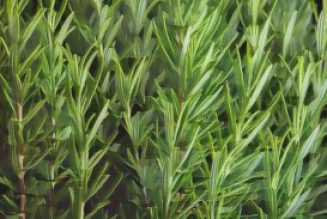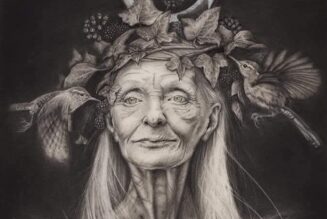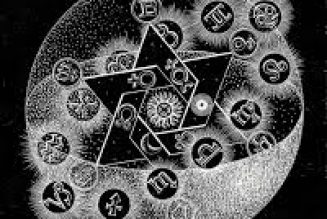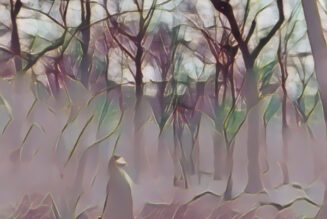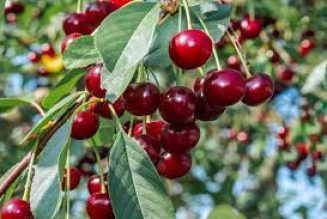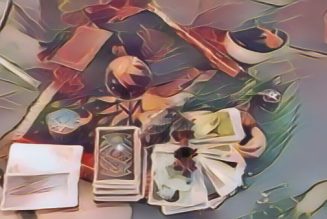Yule—the winter solstice—is an old solar ritual that has been preserved in the Christian observance of Christmas. Its origins lie deep in the past, in the Mediterranean lands of the sun. The birthday of Mithras, an ancient solar deity, was celebrated on the winter solstice. Later, this holiday was brought to Europe, and an astonishing collection of folk rituals became associated with it.
Yule occurs during the depths of winter. Though some of us live beyond the reach of snow flurries and zero-degree temperatures, this is still the season in which the earth pauses to regenerate herself for the coming spring.
This holiday (holy day; sacred day) astronomically marks the waning of winter. After the winter solstice, the hours of light increase each day. Therefore, Yule is associated with the returning warmth of the sun.
Before the intercontinental shipment of food, this precious substance was usually meagre at Yule. Most of it was preserved, dried in the sun; salted; put up in crocks; submerged in honey; buried in the earth; kept covered in baskets; or laid in the snow for natural refrigeration. Because of its scarcity, food was given a high degree of sacredness.
Over the centuries and in various countries, a wide variety of foods have been associated with Yule. Here are a few of them.
Apples are sacred foods, associated with many ancient deities Earlier peoples hung apples on Yule trees (the forerunners of the modern
Christmas tree) to symbolize the continuing fertility of the earth. Mulled apple cider is a fine drink to sip on Yule while watching the fire. Any dishes that contain apples are also appropriate, as is wassail.
Gingerbread is the modern version of ancient cakes made of grain and honey, which were offered as sacrifices to the goddesses and gods at Yule. These cakes were also buried with the dead to ensure the passage of their souls into the other world.
When ginger was introduced into Europe from Asia, it was soon incorporated into the ritual Yule cake. This was the origin of gingerbread. Though ginger was once more expensive than diamonds, this spice is now easily within reach of us all.
You may wish to create a gingerbread house at Yule. If so, make it in the image of your own home. If this isn’t possible, visualize your home while mixing, baking, forming, and decorating the house. See your household filled with warmth, love, and happiness—all gifts of ginger and the sun. Eat the house on Yule, sharing it with others who live under your roof, and invite its loving energies into yourself.
Cookies are standard Yule fare. If you wish to make the ubiquitous sugar cookies, cut them into shapes associated with the season: circles (symbolic of the sun); bells (originally used to drive away evil in pre-Christian times); stars (for protection against negativity); and, of course, trees (representing the continuing fertility of the earth during winter).
The idea of creating and eating specially shaped desserts on Yule isn’t new. Prehistoric graves in northern Europe contain cakes modelled in the rough shapes of deities, animals, suns, stars, and moons, and these cakes may have been consumed at the winter solstice in those frigid regions.
